Nine projects from ArtEZ Product Design students that rethink everyday objects
- Design
Porcelain-covered handbags, extension cord ornaments and a vaccination board game are among the student projects featured in this school exhibition on Dezeen.

Each of the nine works below was created by students from Product Design in Arnhem, which describes itself as "a laboratory for experimenting with the future".
ArtEZ:
"For more than 40 years, ArtEZ Product Design has been educating new generations of designers. We believe this department to be more than merely a place for education. We aim to function as a laboratory for experimenting with the future. This generation has dealt with the reality of ever-changing challenges and explored what, for them, is the role of design. Their graduation projects are a response to this, crossing boundaries and asking questions through context, form and material.
We help our students develop their own vision of life and explore new dimensions of design practice and theory. The department works with a studio method, meaning that students are taught by practitioners who are active in many aspects of international design practice.
Throughout the course, students' abilities for thinking and making are continuously stretched, so that they can develop their own artistic practice. We ensure that our students receive proper coaching and develop excellent expertise throughout the course so that, as future designers, they will have the opportunity to leave their mark on the world of tomorrow."
Surplus by Eline ten Busschen
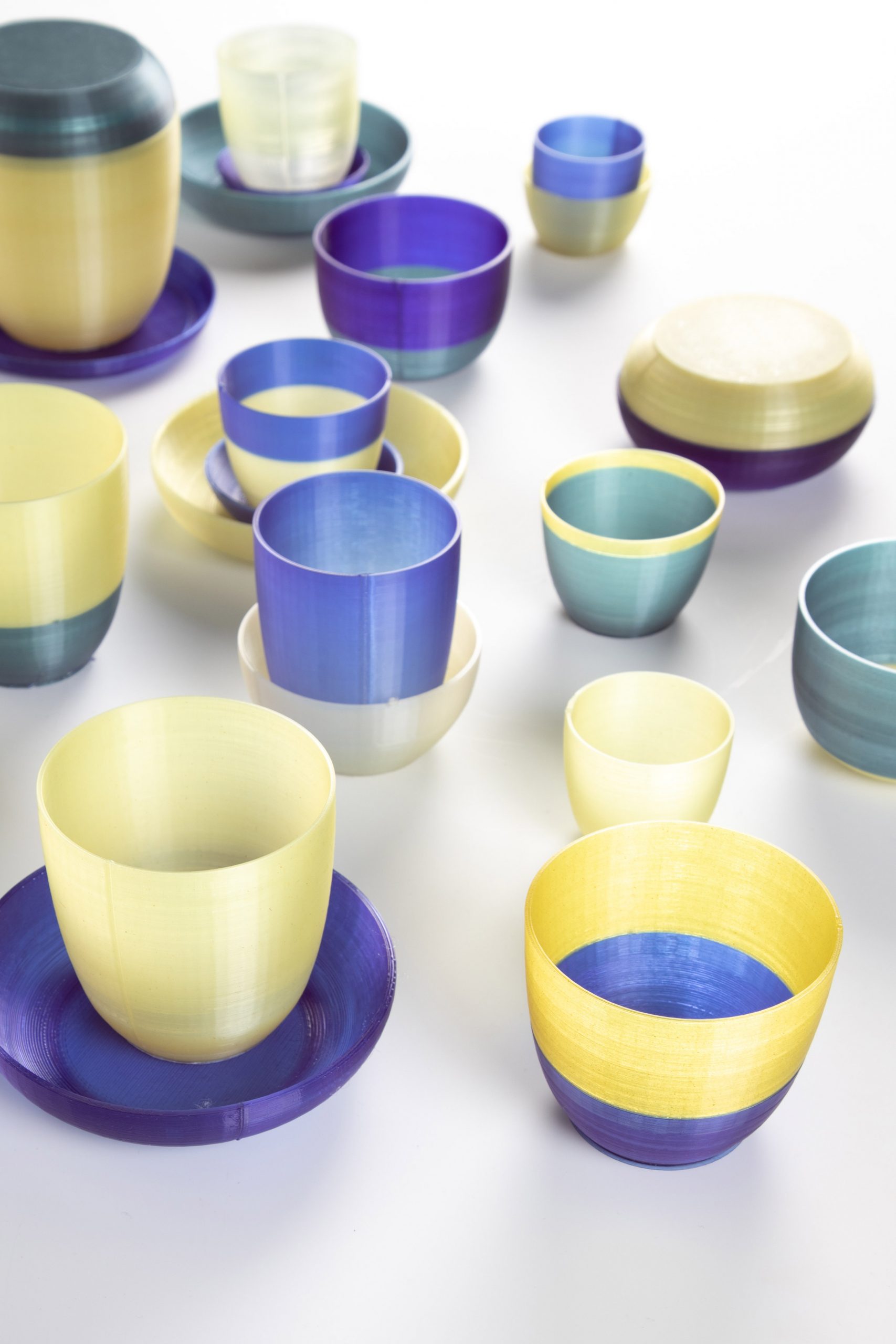 “My design practice is constructed like a lab, to reevaluate waste streams and show the unused potential of materials. In the Surplus collection, loose, unspun heather wool is combined with 3D-printed PLA.”
“My design practice is constructed like a lab, to reevaluate waste streams and show the unused potential of materials. In the Surplus collection, loose, unspun heather wool is combined with 3D-printed PLA.”
The Long Event by Ruben Hoogvliet
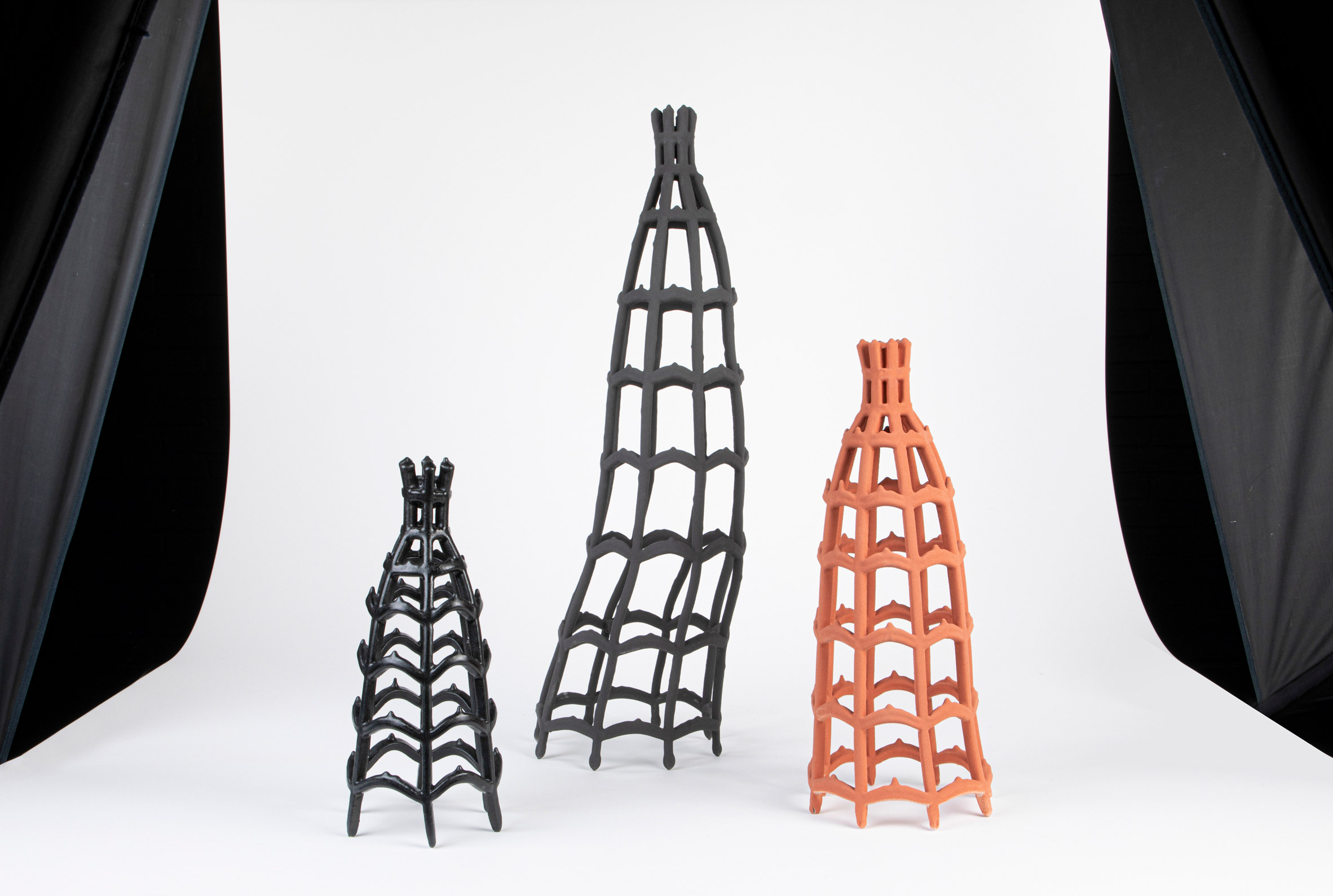
“My graduation project started with rethinking ceramic crafts and experimenting with techniques that would allow me to work more spontaneously, without the interference of a plaster mould. I developed a method that involves dipping light, moisture-absorbing structures into liquid clay and hanging them to dry, so they completely deform under the weight of the clay.”
Weeds by Jeroen van Kempen
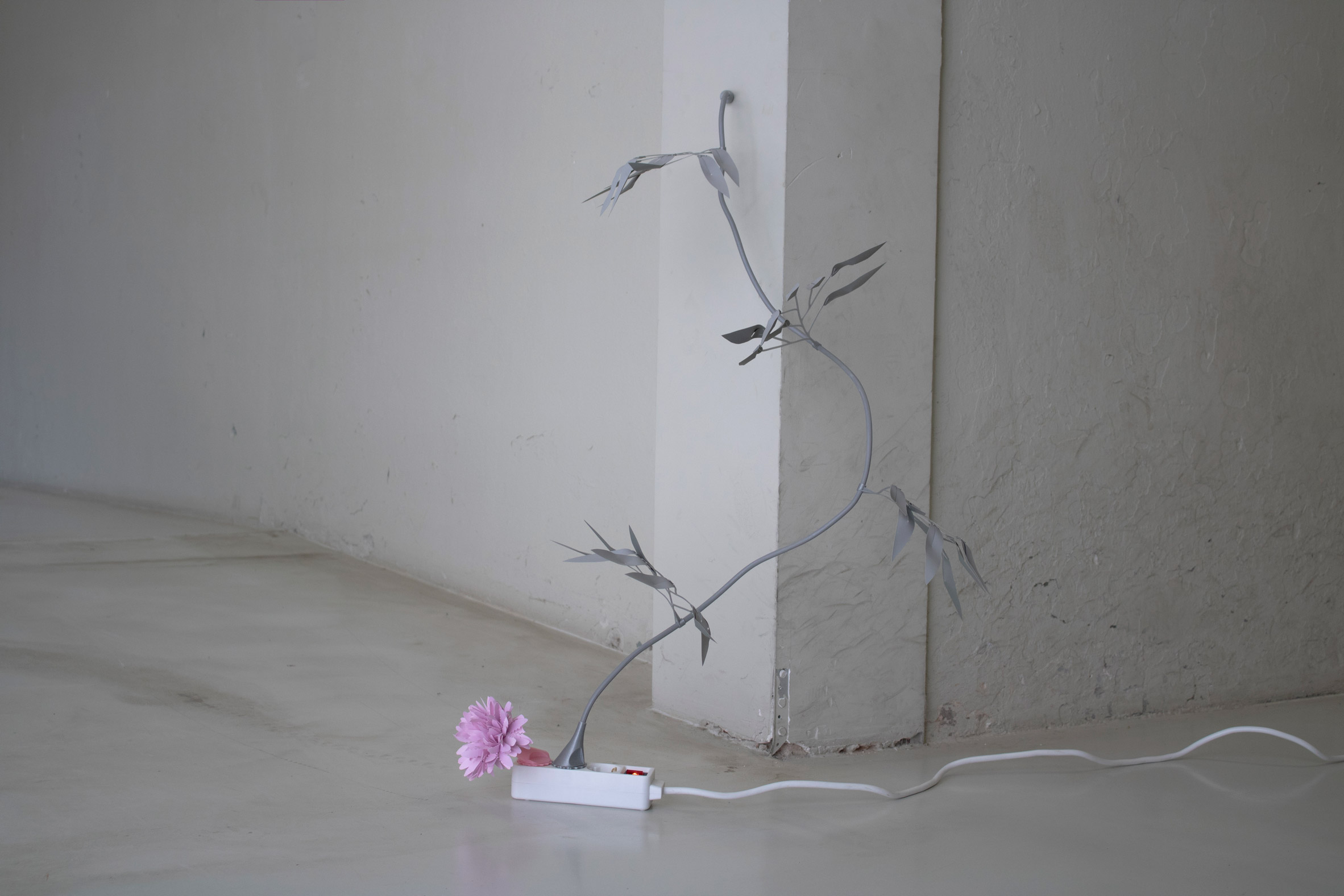
"The extension cord has become an umbilical cord, symbolizing the potential to connect people to technology. But the presence of a power strip annoys us, so we force them behind our TV sets, cabinets and sofas. They are like unwanted weeds."
Stages of the Ordinary by Hanna Kooistra
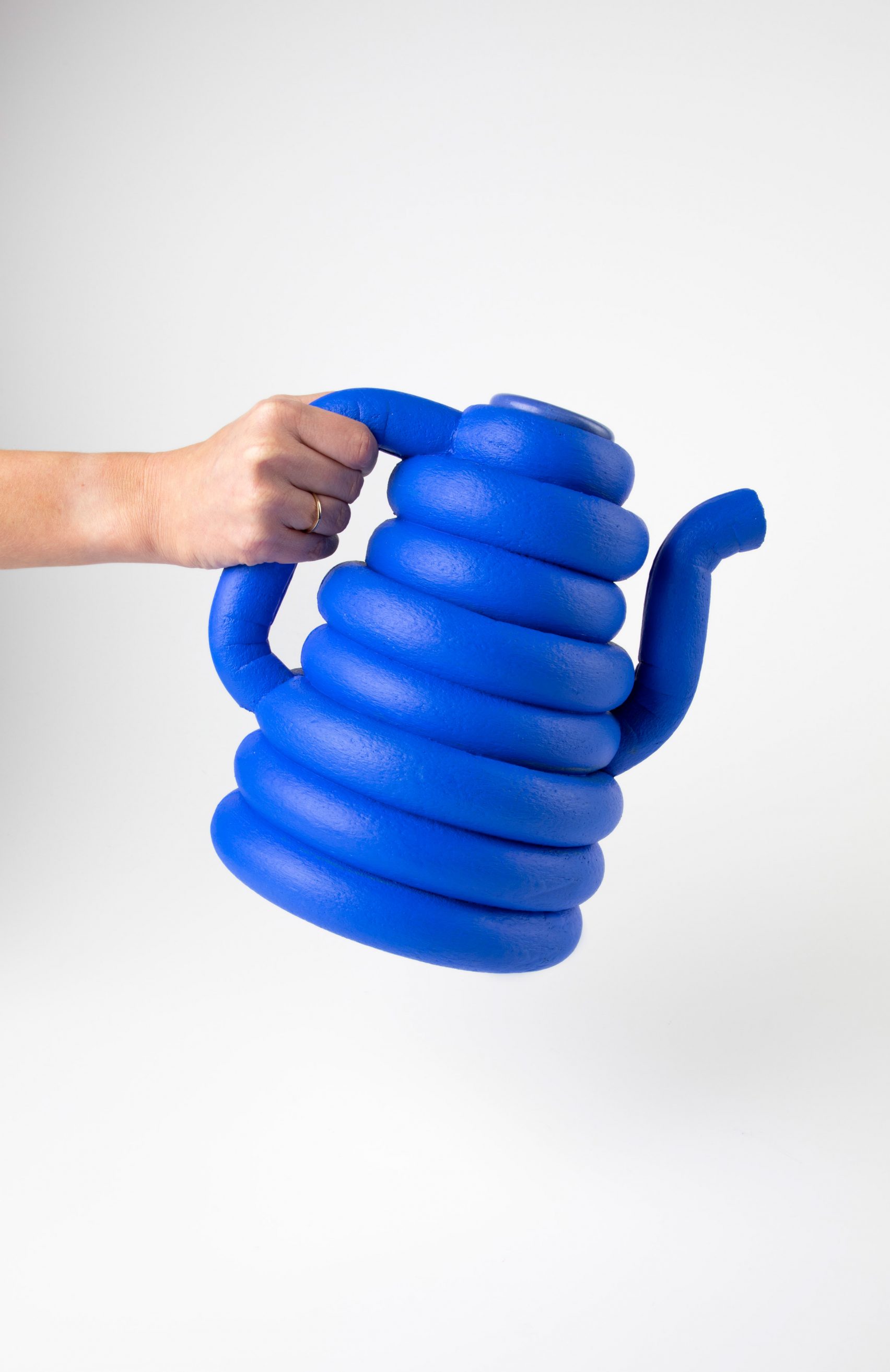
"In my collection Stages of the Ordinary, the everyday object is reframed as an ornament – an idea with a long history that goes beyond just being a decorative layer. To me, it is a form of communication, a guide in functionality, a manner of production and an indication of origin.”
Alter-Aging by Myrthe Rosema
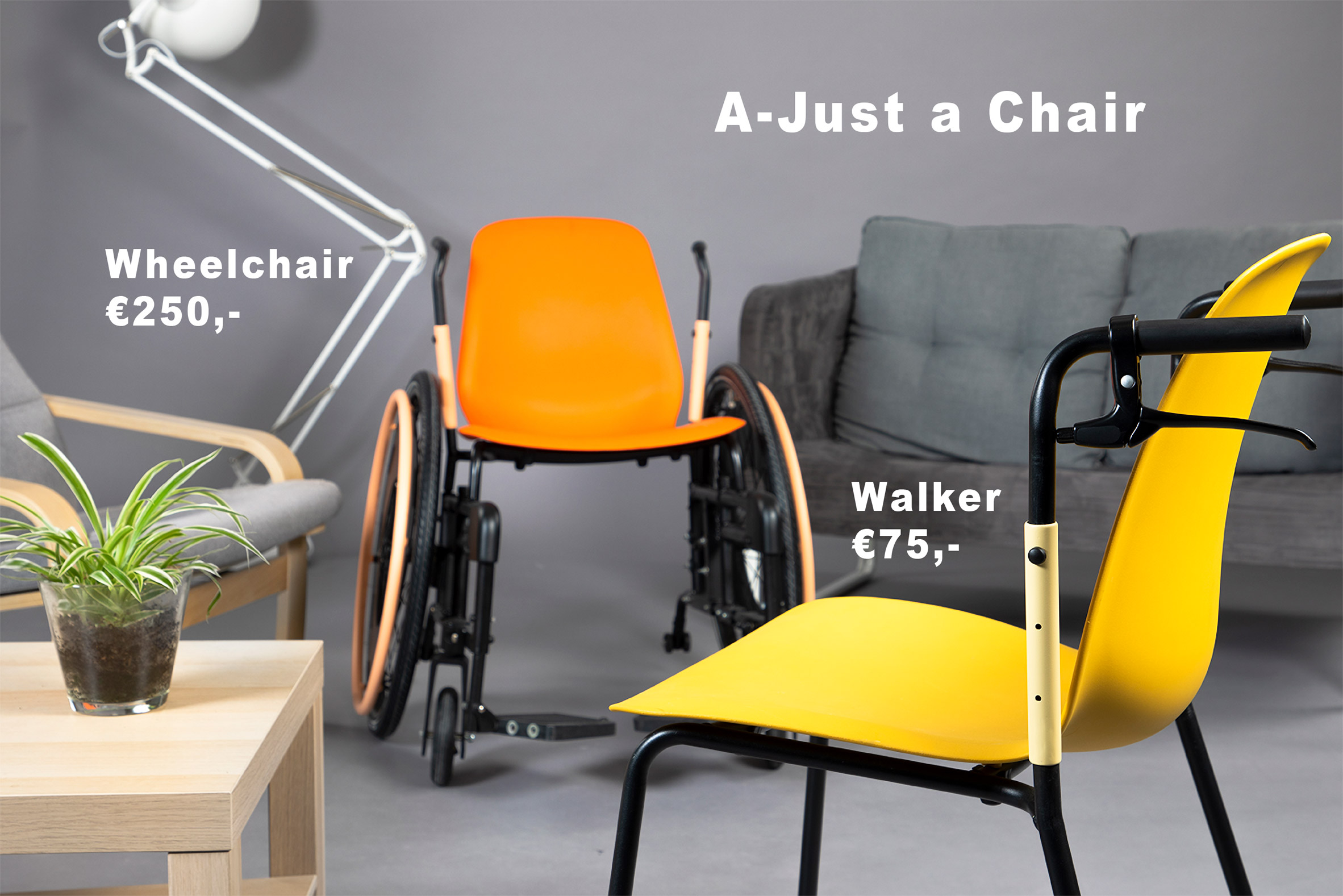
"Having a positive attitude towards growing old extends your life expectancy by 7.5 years. And with the population increasingly ageing, it's time to change the way we are getting older! The Alter-Aging project consists of four proposals that want to start conversations and show ageing from a different perspective.”
VACCIN door Jeanne van Straten
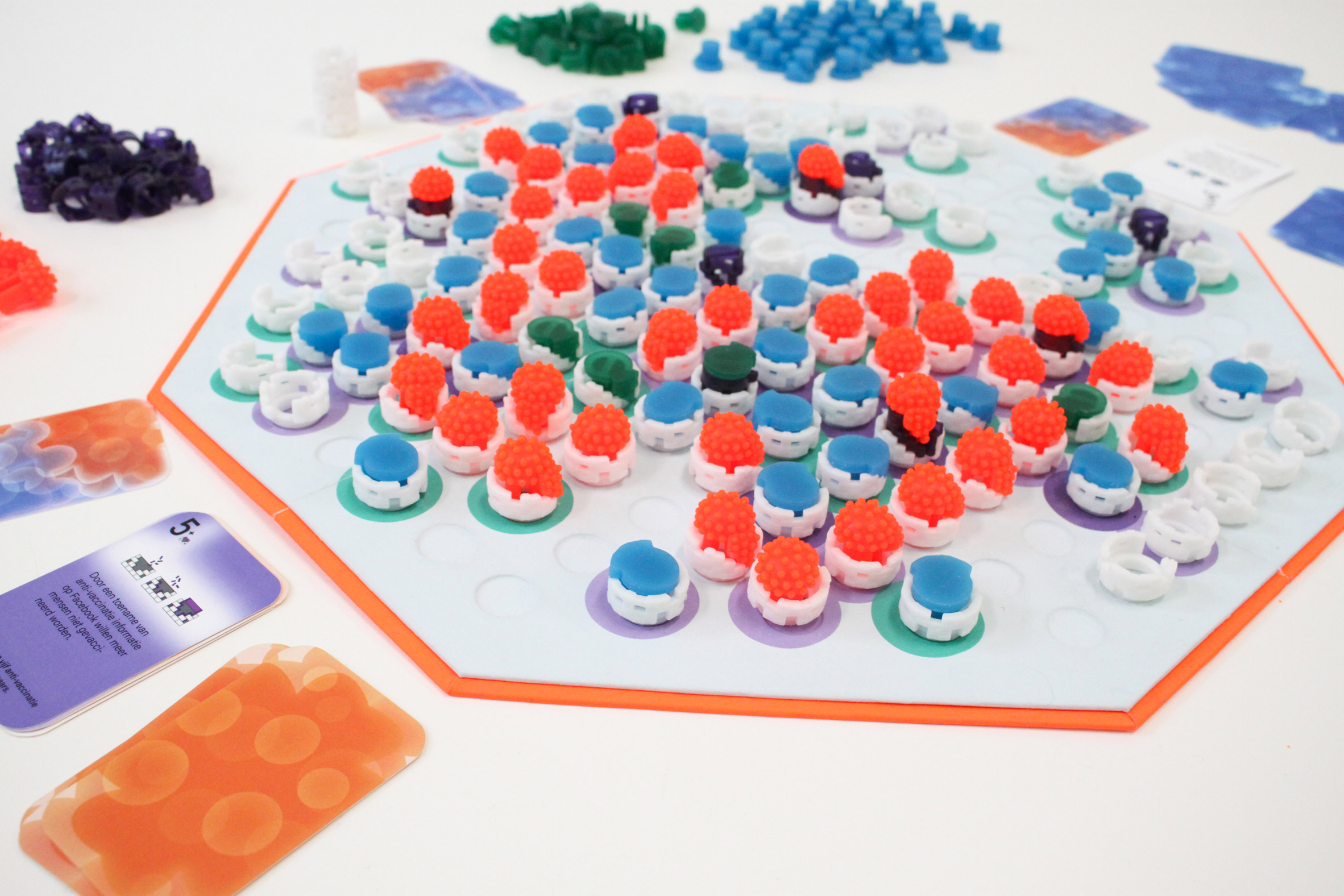
"My final project explores the importance of vaccinations and herd immunity in an educational design framework. In order to provide clarity about vaccinations, I designed an educational game. Because by playing, we learn to work together and to think strategically. It is one of the oldest methods of education.”
The house as a Product door Thijs Swinkels
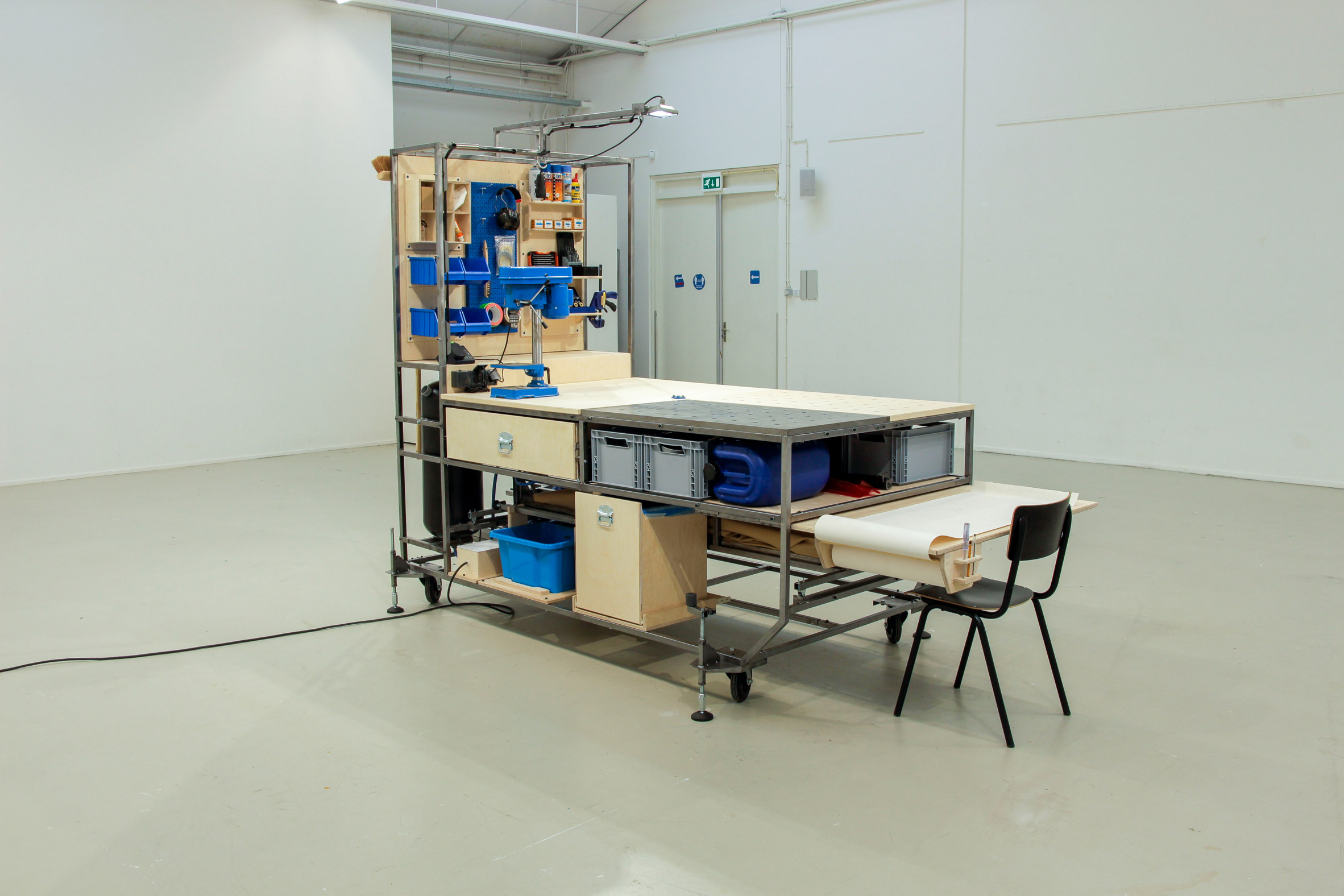
"In my graduation project, I explore how we can live differently from three different angles. One project is a modular home system that stays with you throughout the different phases of your life and another is a next-generation camper that combines living and travelling without limitations.”
Stretching Perspectives door Janneke Spaan
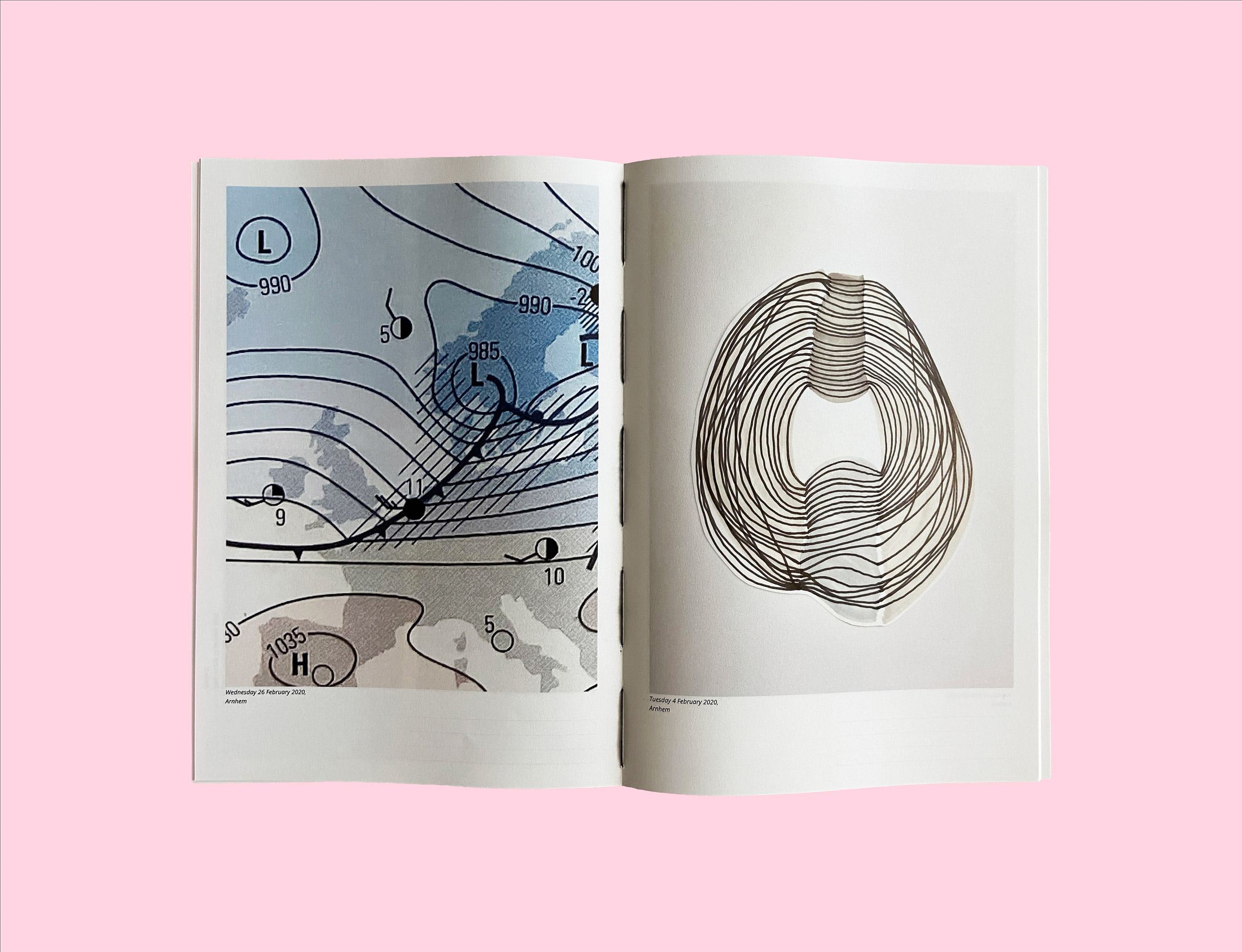
"In my graduation collection, the idea of pattern mapping plays an important role. By reviewing patternmaking as a form of topography, I developed materials that rethink objects, techniques and applications. Through modelling and repetition, I manipulated the materials to become 3D models that stretched upwards from the textiles.”
Liquid Statue door Gijs Wouters
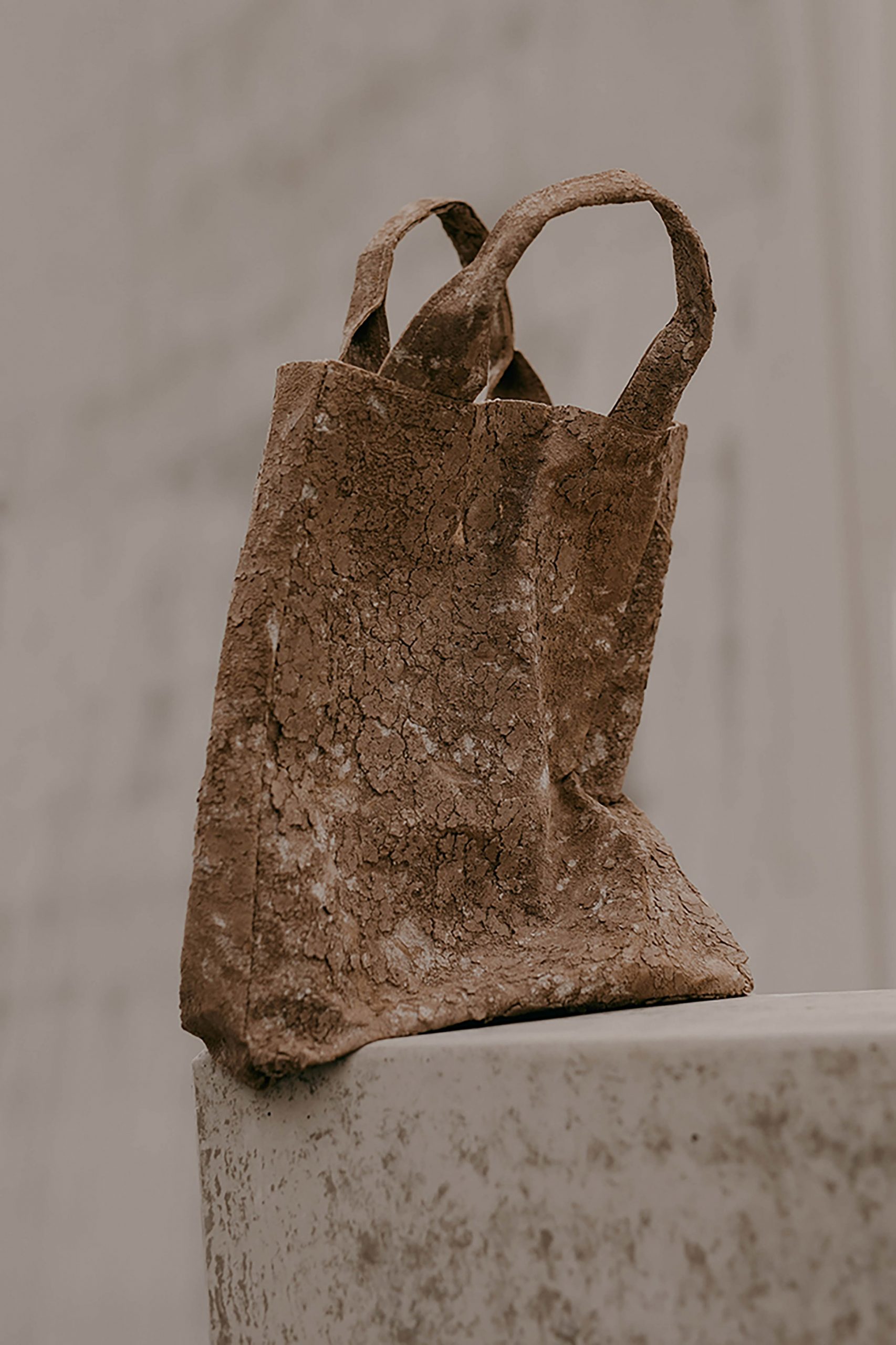
"I used porcelain as a base ingredient for my collection, which in turn is made of clay – a raw material once of great value but now outdated by time and technology. The clay mines that I have witnessed during field trips to both Cornwall and China have left their marks on the natural landscape, even though the industry is slowly disappearing.”
- Read the full article on dezeen.com
- Discover all Product Design graduates of ‘20